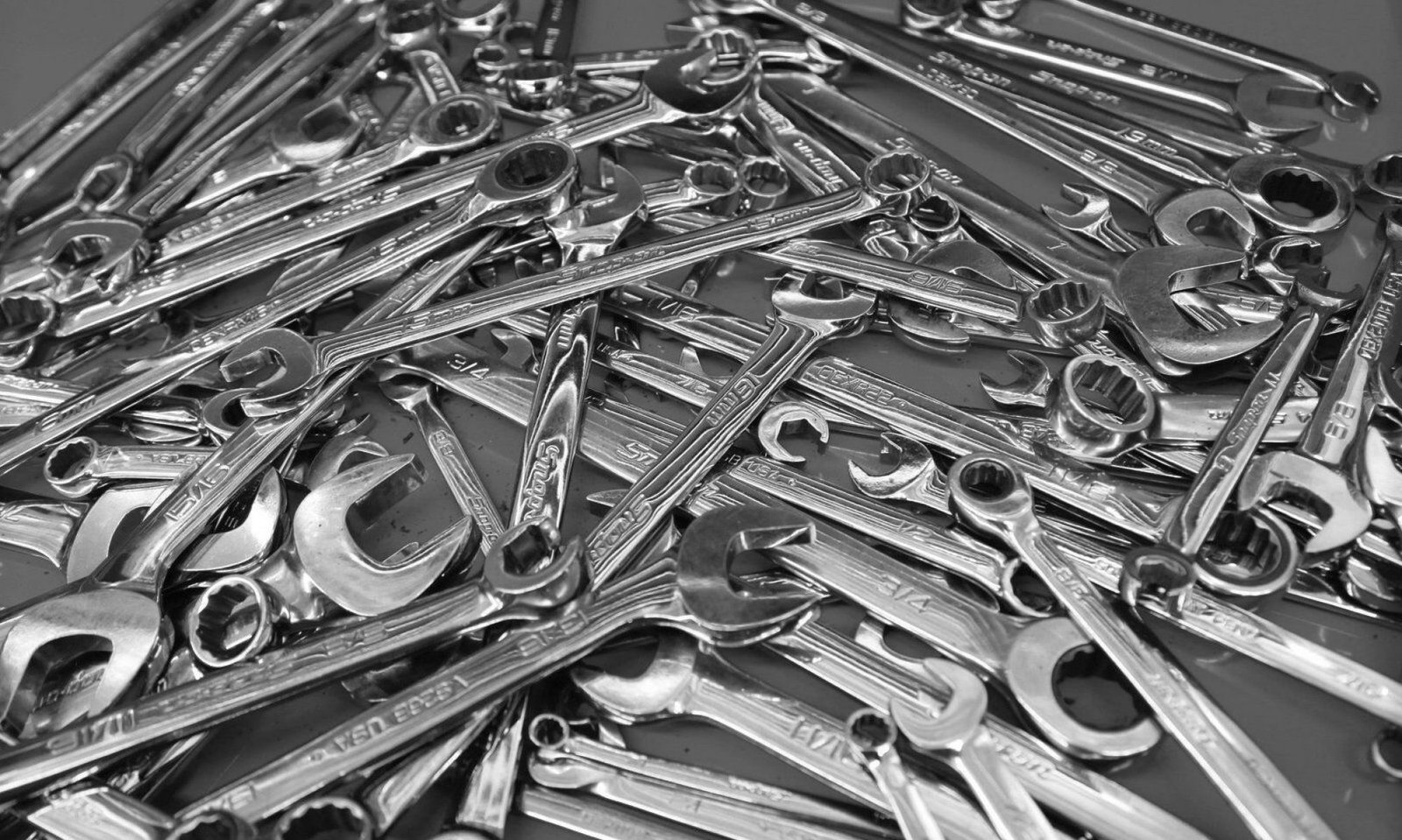BMW motorcycle with a grabby or jerky clutch
Is your clutch OK when cold and gets grabby after warming up? It isn’t that you are clumsy. A grabby clutch usually means that the input shaft of the transmission has excessive end play. It can grab even when cold on a bike with a loose input shaft. The shaft is moving and engaging the clutch by itself.
I recently learned of another reason for a grabby clutch from Dave. His bike had a grabby clutch, and it was due to a broken clutch rod. It was broken at the piece of felt, and the edges were at an angle. They would alternately make the rod longer and shorter as they “turned” against one another. Replacing the clutch pushrod fixed the symptom. Thanks to Dave for sharing that unusual fault.
It is also possible for the spines to need to be lubed, but that is far less likely. The grabby symptom will not vary with temp if it is a lack of spline lube. Since you are fixing the end play, you will certainly clean the clutch hub and transmission splines, then apply modern grease made just for this purpose.
To reduce this end-play means removing the transmission, opening it up, and re-spacing the shaft. While one is in there, several other things should be checked and replaced. This job is not trivial and should be left to an experienced /5 BMW mechanic.
Some will say that only the splines need greasing. It may be true that they need grease, but greasing the splines to allow the clutch plate to float and therefore not grab, is the wrong solution. The shaft shouldn’t be moving in the first place, so fix it. The splines should be greased, but only so that they don’t rust and wear prematurely.
You can measure the end play without opening the transmission. It takes a dial indicator and a way to hold the transmission down. Get it all set up ahead of time. Heat the transmission up to about 180-220 F and put the dial on the input shaft. Grab the shaft and push and pull on it. The end play can be measured more accurately than with the cover off. BMW calls for the end play to be .004,” but I like to set it at .001 or .002 when cold. The end-play increases when warm, and you may well find .004″ when the whole case is heated up.
If you ride in freezing weather, I suggest allowing for some extra expansion when the case warms up. I would then suggest that you set the end play at .003″ to .004″ as you measure it at room temperature.
To correct the end play, one must open it up. That means several special tools and is not for the faint of heart. To measure the end play, I use a homemade tool. It is an old ruined rear cover. It has been machined off until the bearing surfaces are revealed. Then the bearing holes are opened up by hand sanding a bit to allow it to drop over the bearings without heat. The “tool” cover surface must be very good and clean. It holds the shafts in perfect alignment and allows the depth gauge to reach the bearings. A bearing that isn’t “held” will tend to cock to one side, which is why the method shown in the BMW workshop manual won’t be accurate. It uses parallel bars and a depth gauge.
The number shown stamped on the cover is the resulting thickness of the cover. That number is used in the math for calculating the shims required. One must then measure the depth of the bearing cavities in the cover to be used. I suggest that one also check the surfaces of the case and the “real” cover for dings that may cause a leak. After that, it is all addition and subtraction.
While this input shaft spacing needs to be done, one should strongly consider replacing and servicing other parts while one is in there. Whenever the transmission is out, I suggest that you check and service the clutch, rear main seal, oil pump cover O-ring, and the transmission input shaft seal.
Updated 17 July 2022
